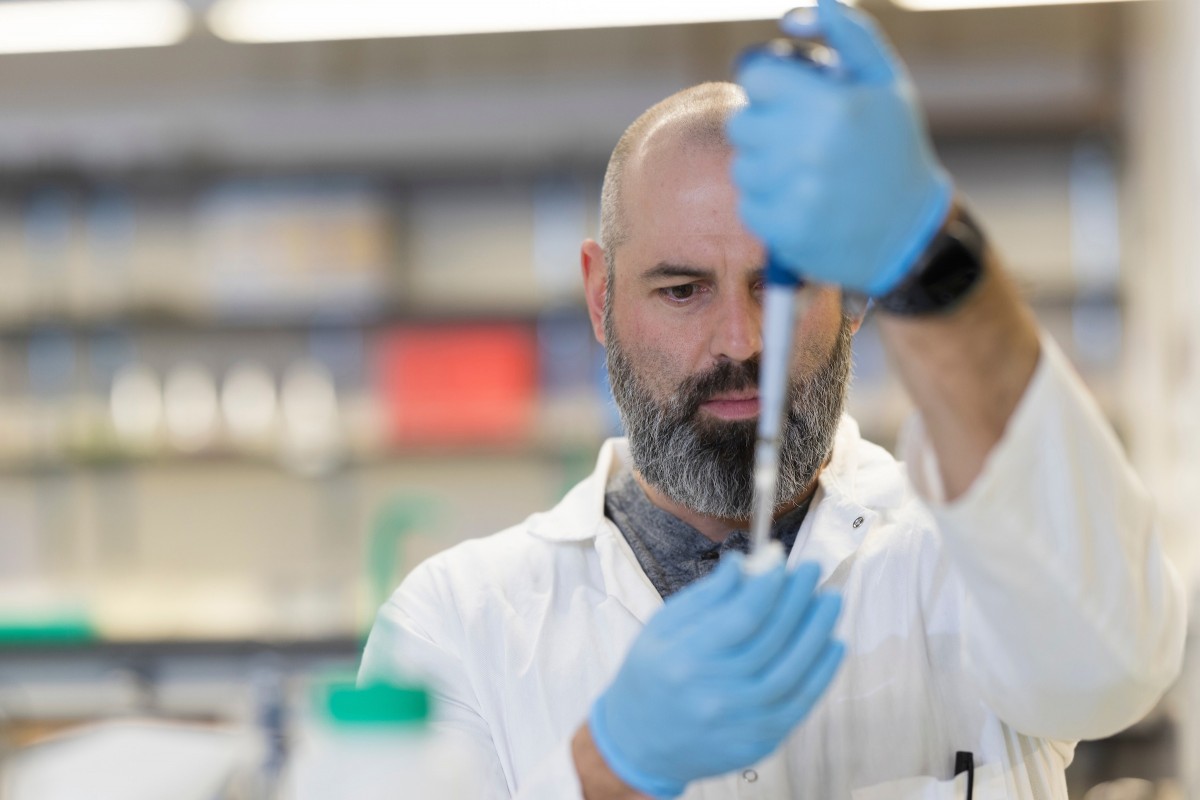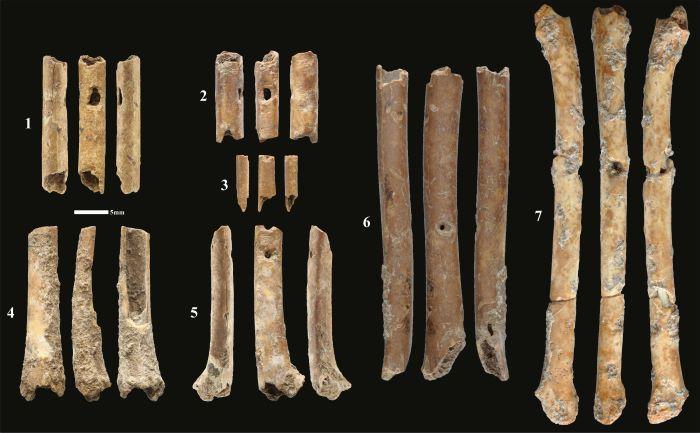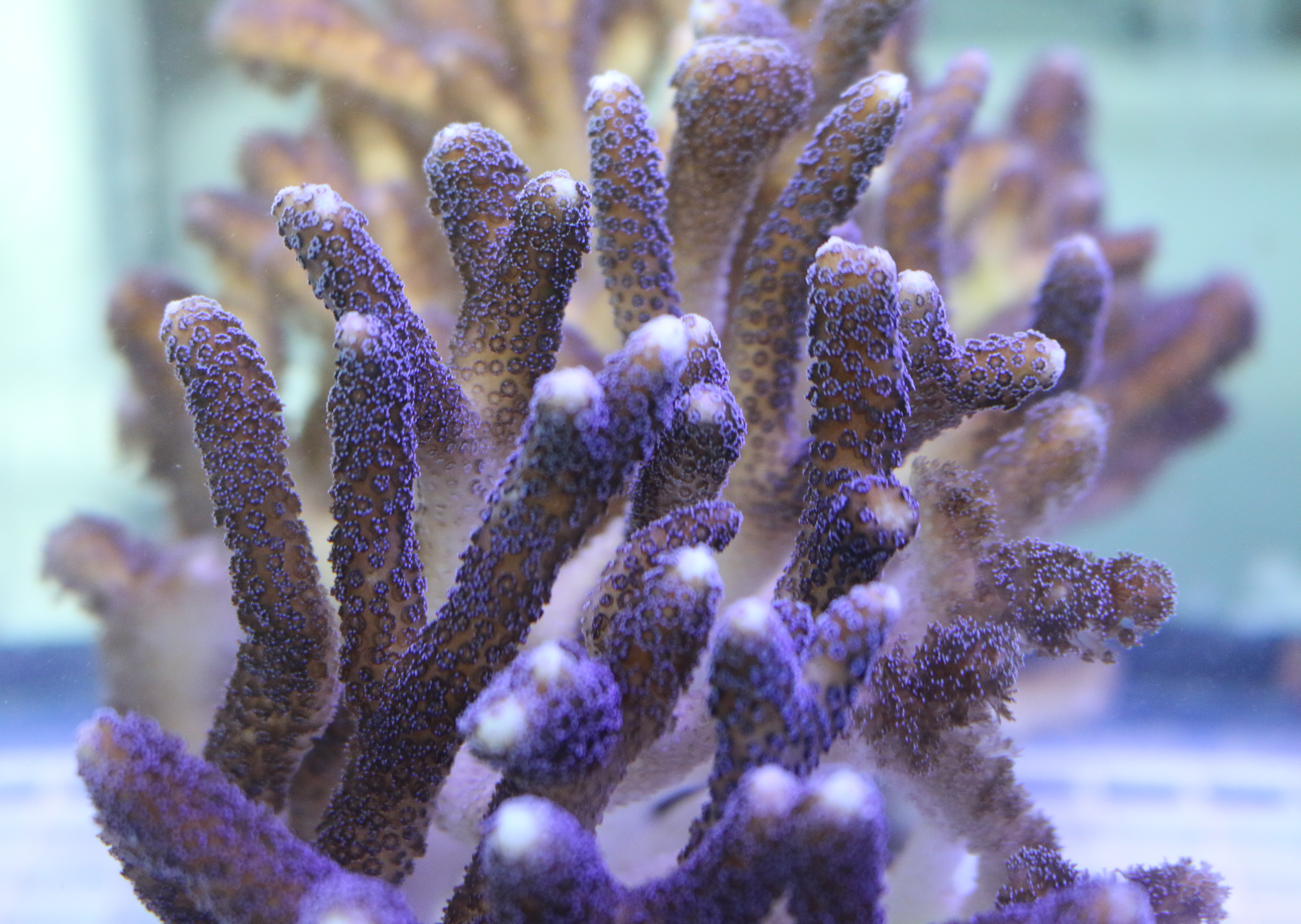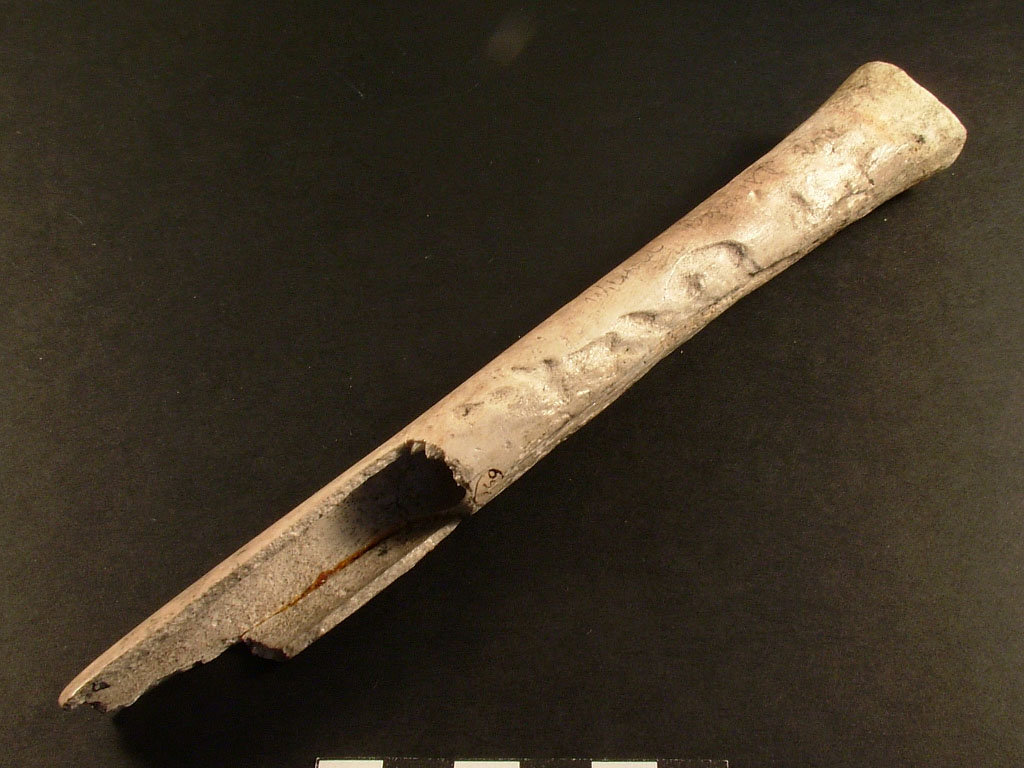Charles Darwin, the British naturalist who championed the theory of evolution, noted that corals form far-reaching structures, largely made of limestone, that surround tropical islands. He didn’t know how they performed this feat. Now, Rutgers scientists have shown that coral structures consist of a biomineral containing a highly organized organic mix of proteins that resembles what is in our bones. Their study, published in the Journal of the Royal Society Interface, shows for the first time that several proteins are organized spatially – a process that’s critical to forming a rock-hard coral skeleton.



